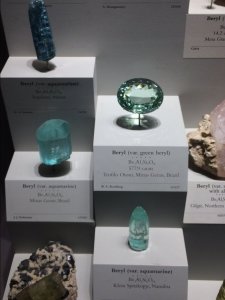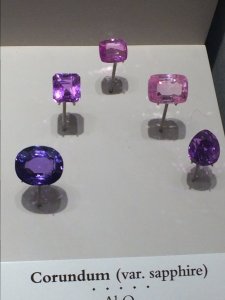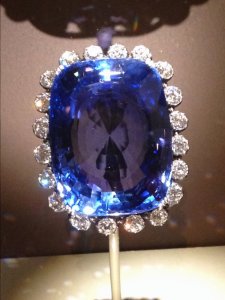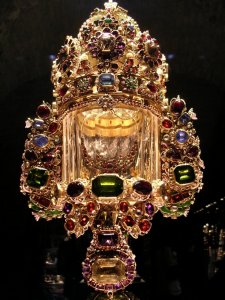Pinkmartini87
Brilliant_Rock
- Joined
- Apr 10, 2017
- Messages
- 1,315


Hi all,
Just visited the Smithsonian museum of natural history and was peeking in on their collection of gems, armed now with my new knowledge from this forum
How come so many of the stones at the Smithsonian have windows? I thought they are supposed to be gem conoisseurs? Is the intense window hating exclusive to this pricescope forum? I also saw some big windows at the Intergem show in town too and some of the dealers brushed me off quite rudely when I noted the window in their stones. Why doesn't anyone else outside of this forum care about the gaping hole in the middle???










300x240.png)